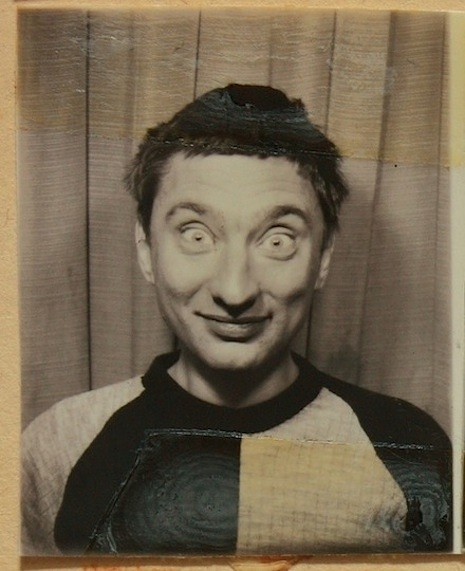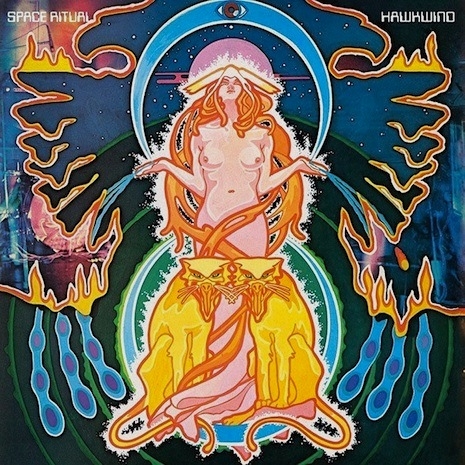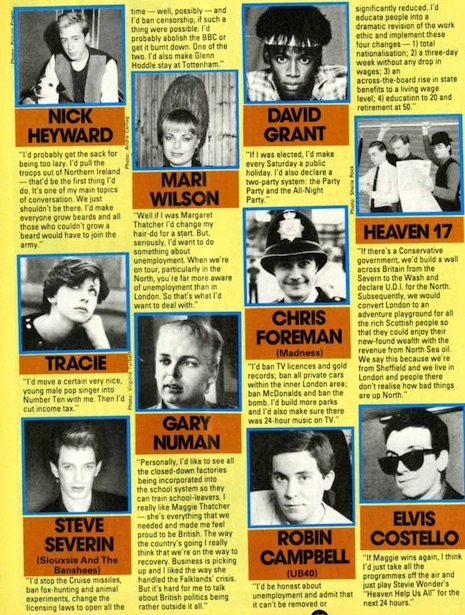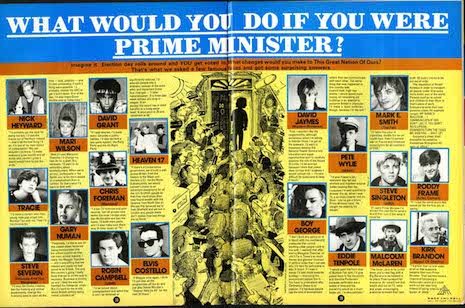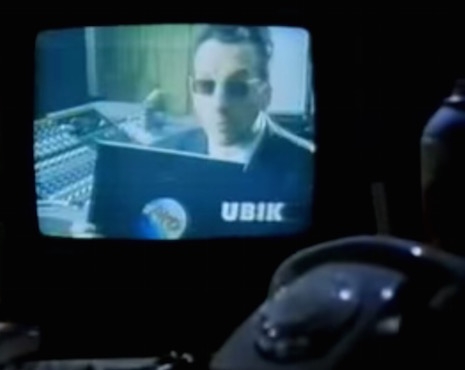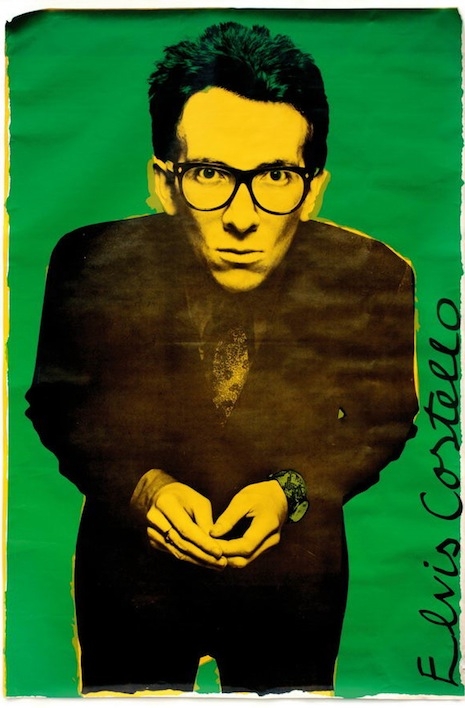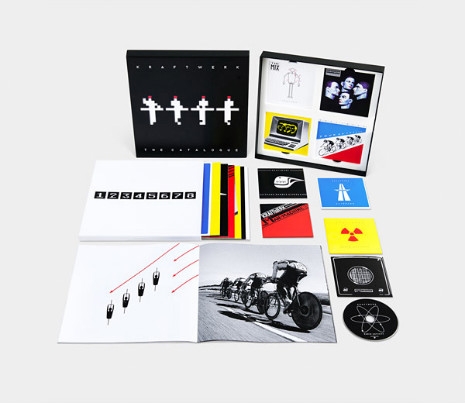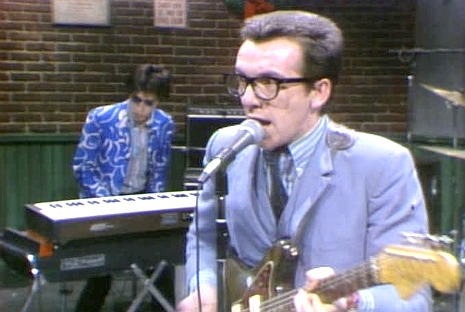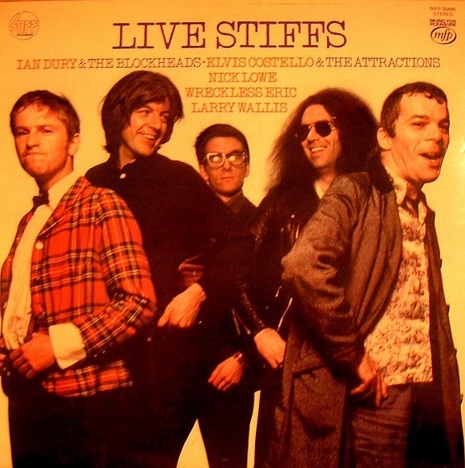
Vintage 70s DEVO flicker/flasher pin
Of the many random things I remember about my youth, one of them was the excitement of visiting the merch table at a live show. Honestly, I’ve never really grown out of that pursuit, and seldom leave a gig empty-handed.
Like a lot of 70s and 80s kids, I was a HUGE fan of covering my trashy Levis or Baracuta jacket with badges, pins and patches. So I nearly lost my mind when I happened upon the vintage 70s DEVO “Flicker” pin (sometimes called a ” flasher” pin), above.
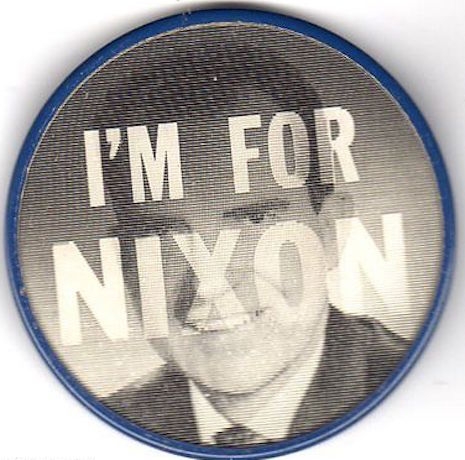
Nixon campaign flicker/flasher pin, late 1960s
Flicker pins were big during the 60s - for instance, politicians running for office used flicker pins (see our pal, Tricky Dick above) to display not only an image of themselves, but also their message. Because when you tilt the pin, the image changes. So naturally, curiosity got the better of me and off I went in search of pins and badges from 40 years ago. Because, why not? And my search unearthed some pretty cool and fairly rare old-school swag.

Elvis Costello mirror badge, late 70s, early 80s
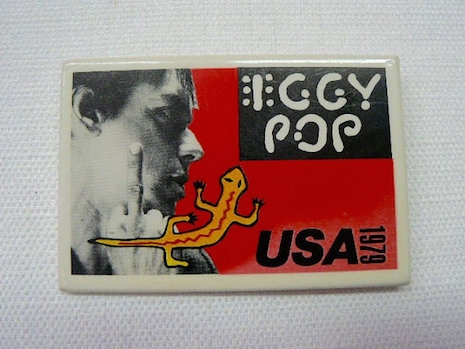
Iggy Pop New Values mirror badge style tour pin, 1979
In addition to the flicker pins, mirror badges were sort of like the crowning jewel when it came to pins (much like the enamel “clubman” style pins you probably remember ogling at Tower Records, or Spencer’s Gifts at the mall that put a giant hole in your clothes). Mirror badges were usually large and actually had a piece of glass placed on top of the image which made them rather heavy.
Vintage mirror badges are really hard to come by these days and believe it or not, sell for a good bit of cash. As do any vintage flicker pins or promotional buttons/badges/pins that were sold at live shows. Would you pay $54 bucks for a vintage 70s promotional flicker pin that was sold at a performance Alice Cooper did in Las Vegas at the Aladdin Hotel when he recorded his 1977 live album The Alice Cooper Show?

Alice Cooper 1977 promotional flicker/flasher pin
I know I’m not alone when I say, yes. Yes, I probably would. In case that seventeen-year-old kid inside you just said yes, too, pretty much everything in this post is out there somewhere for sale. Tons of images follow. I also included some vintage enamel clubman pins because I couldn’t help myself.
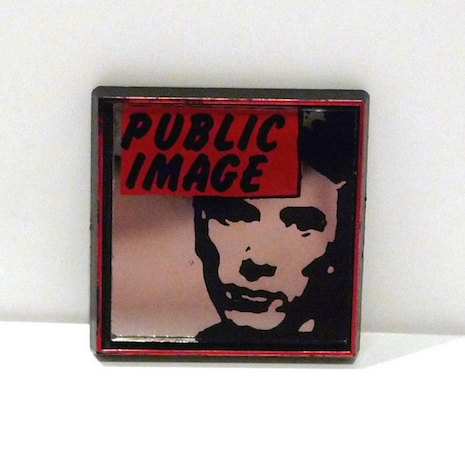
Public Image mirror badge, late 70s, early 80s
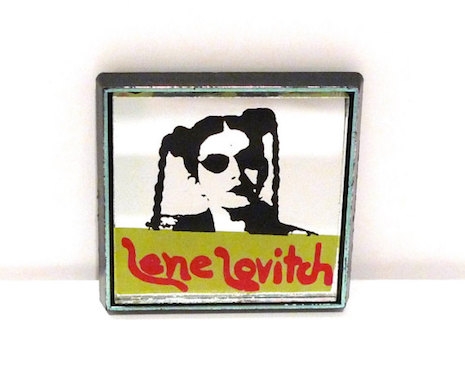
Lene Lovich mirror badge, 80s
More after the jump…








